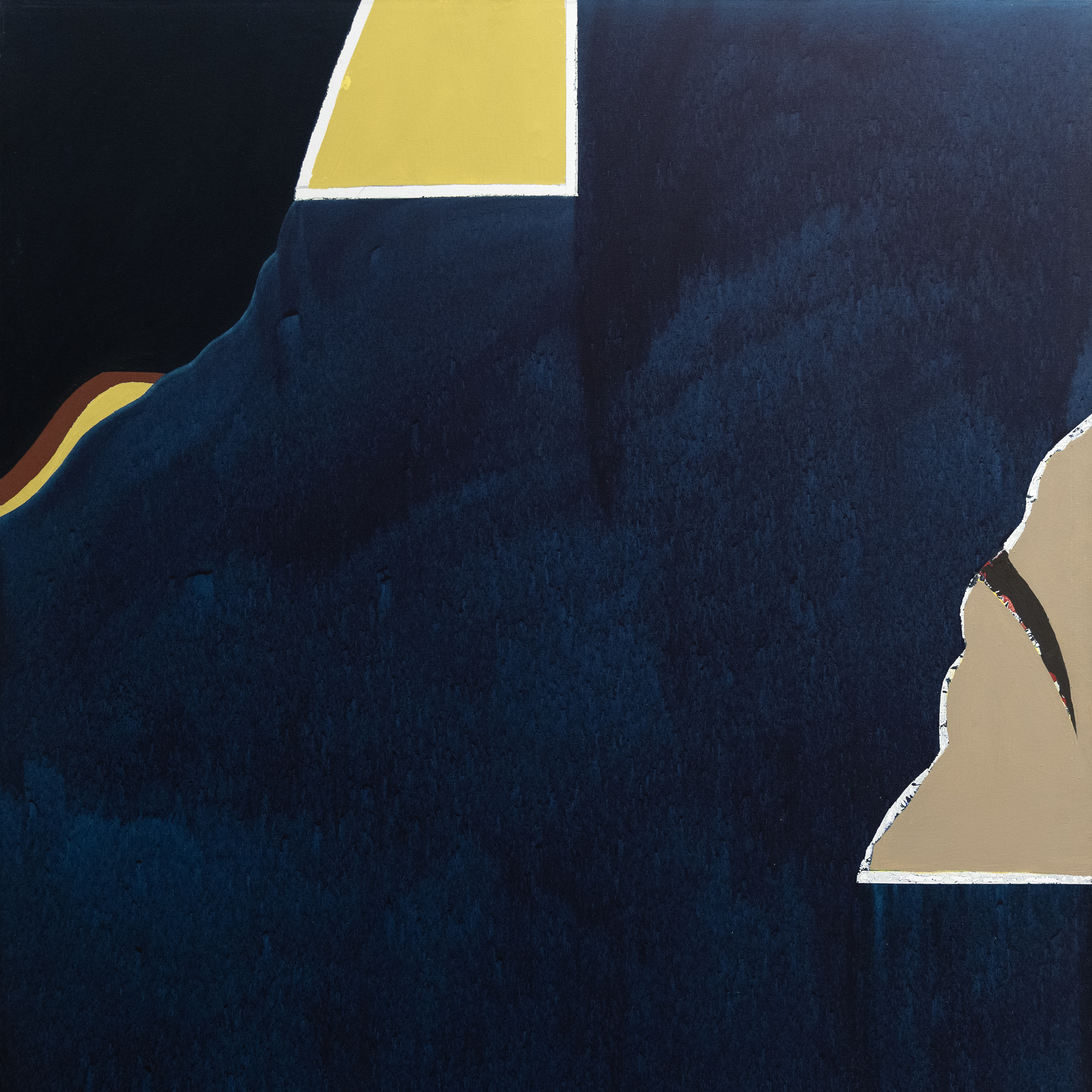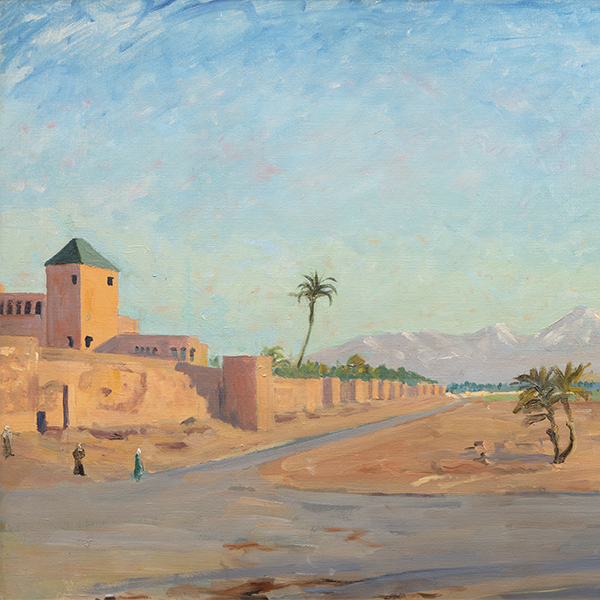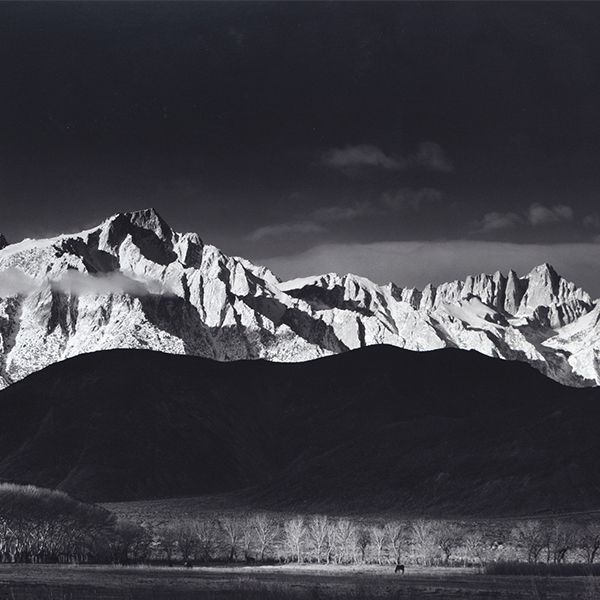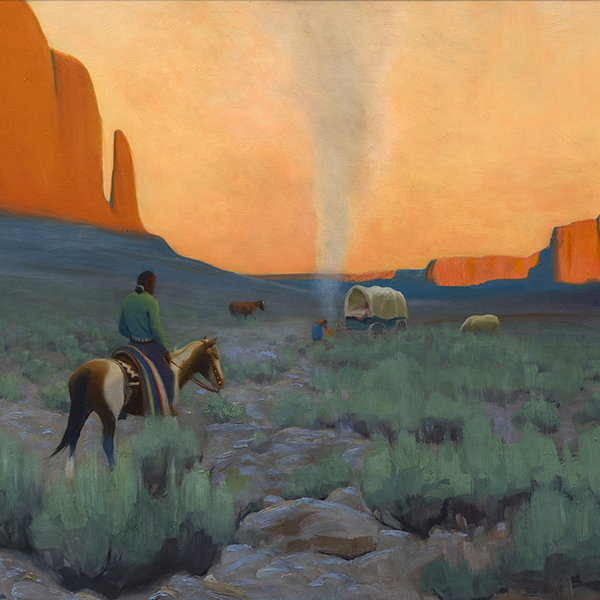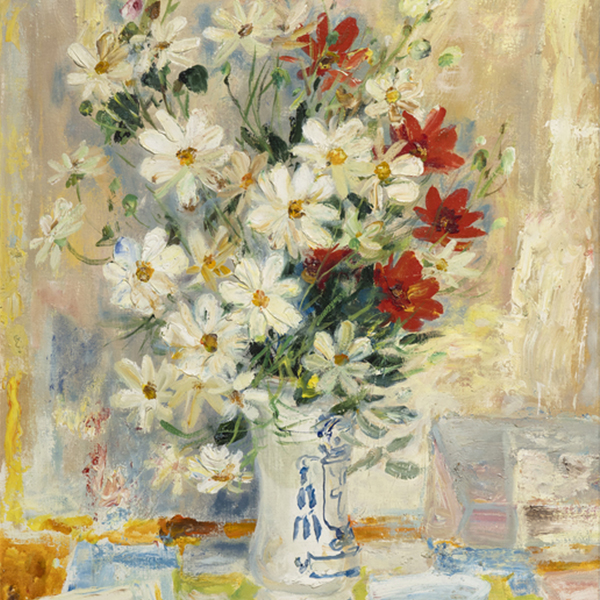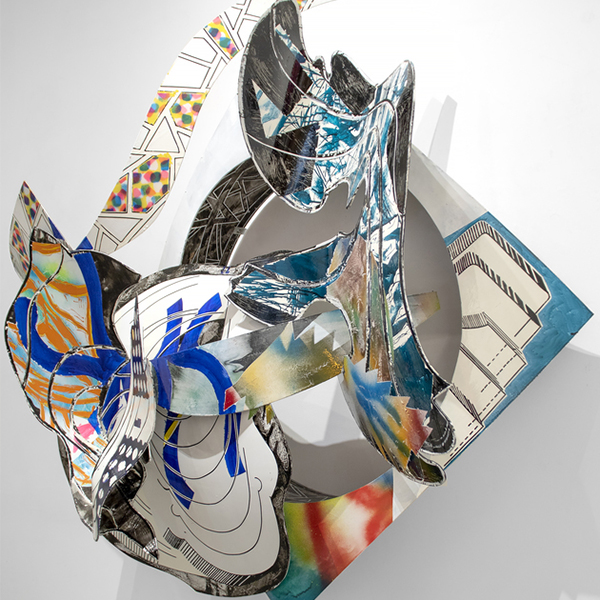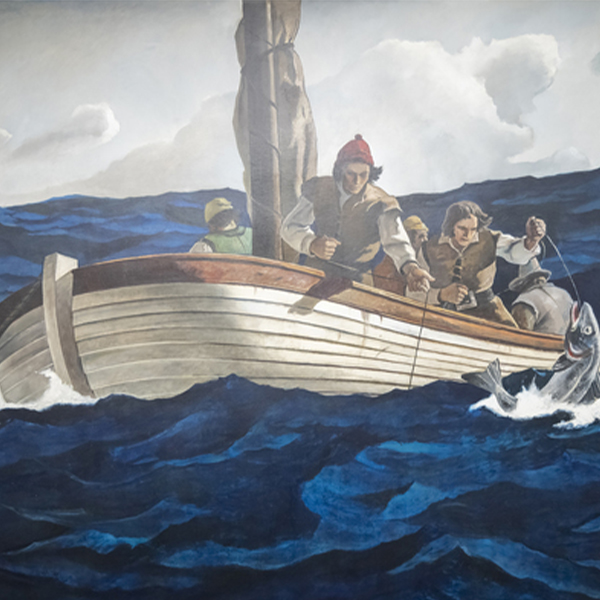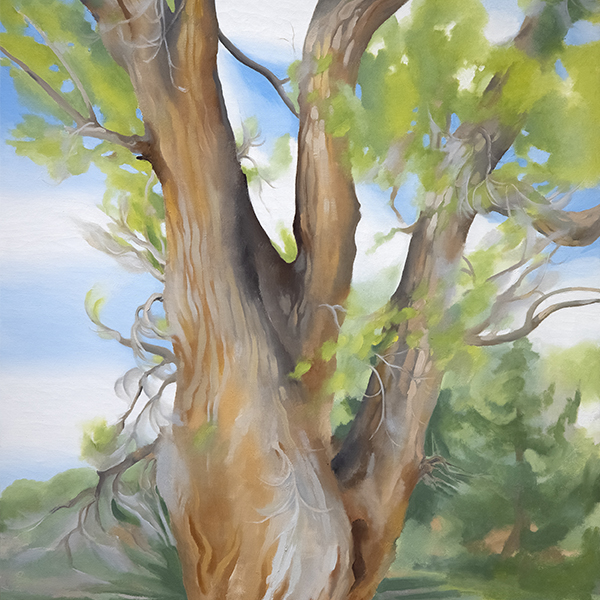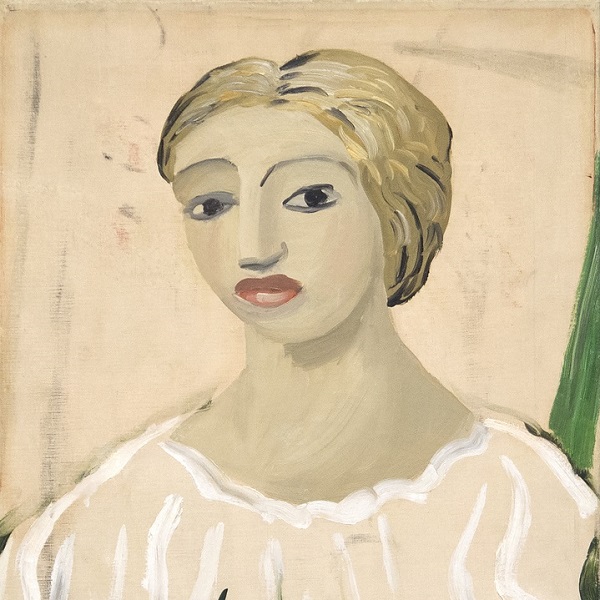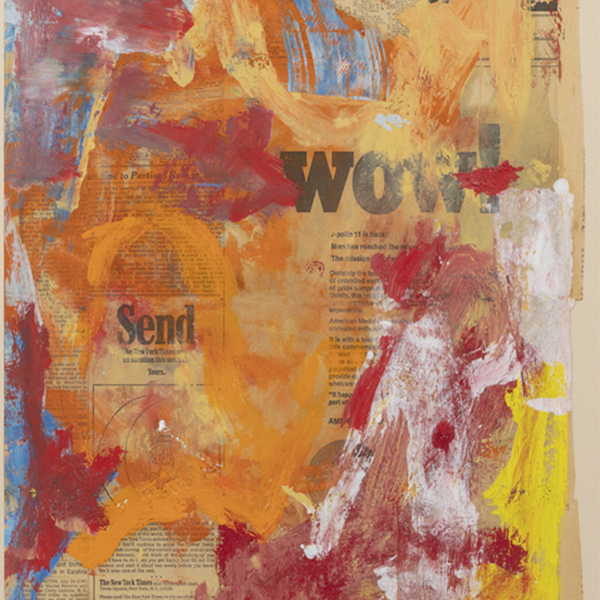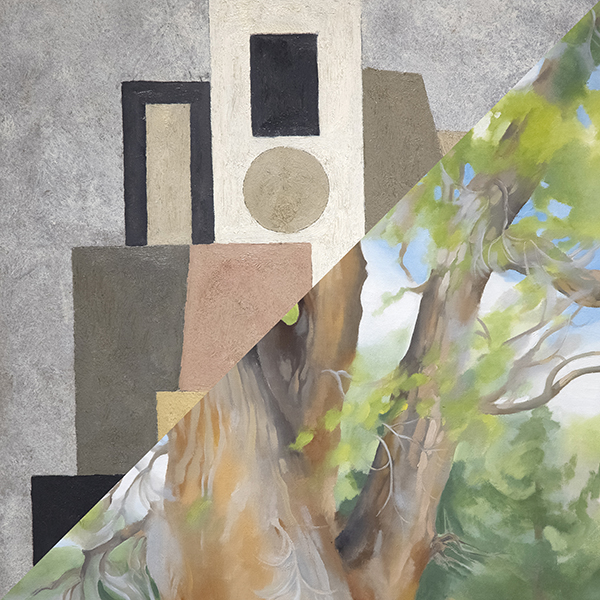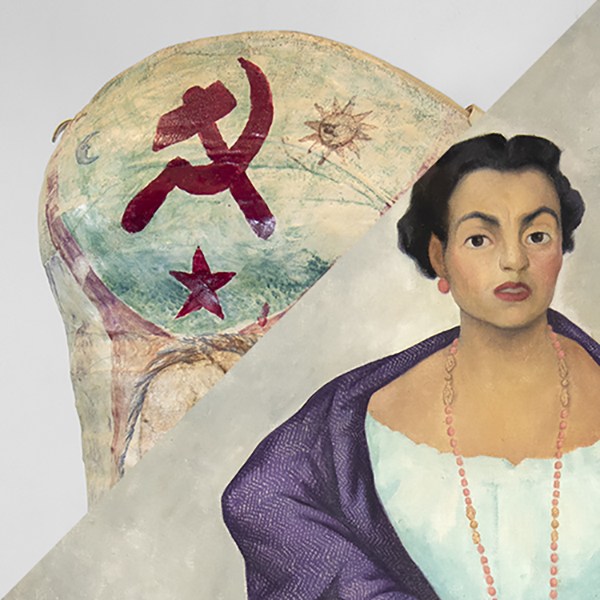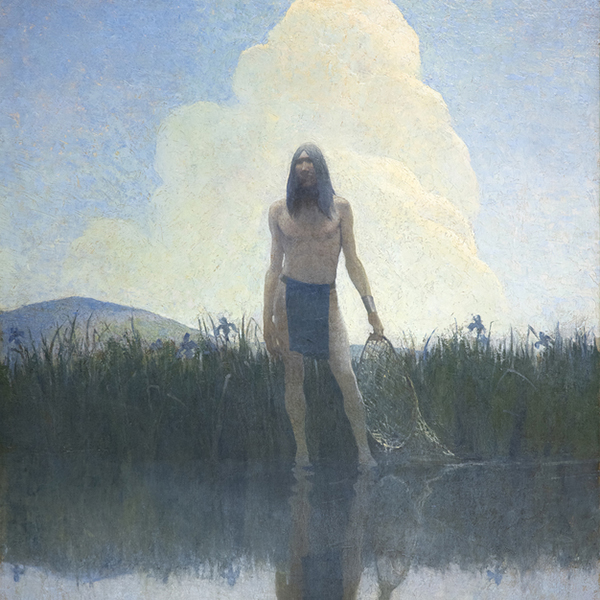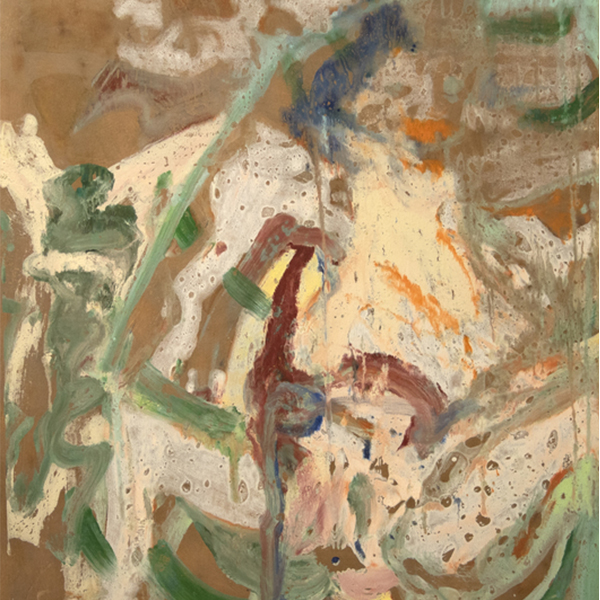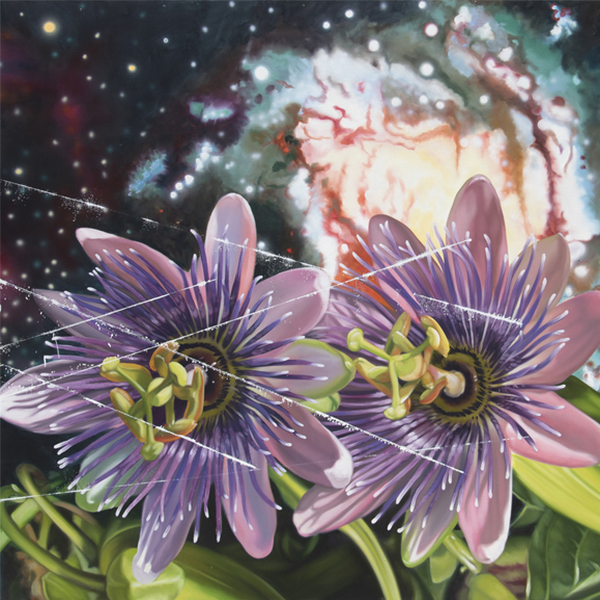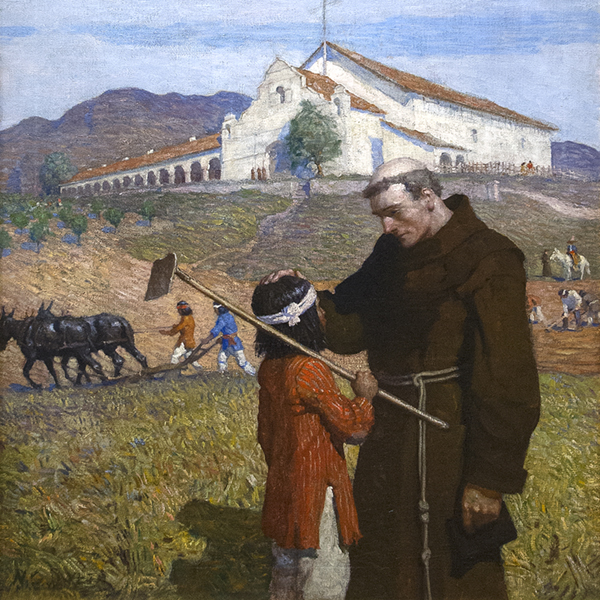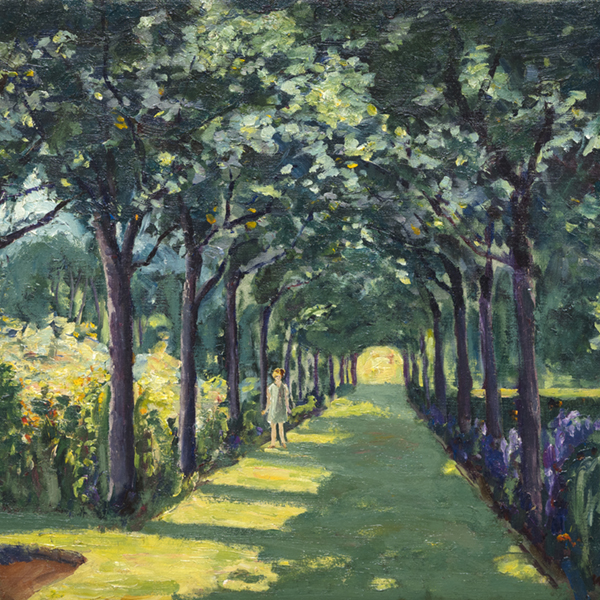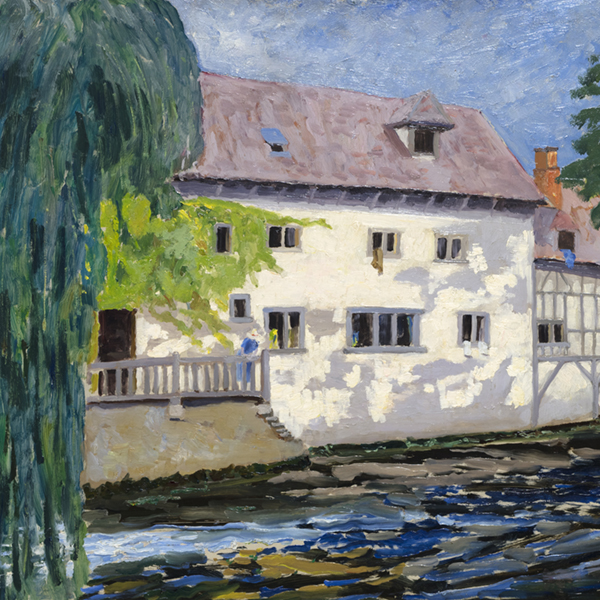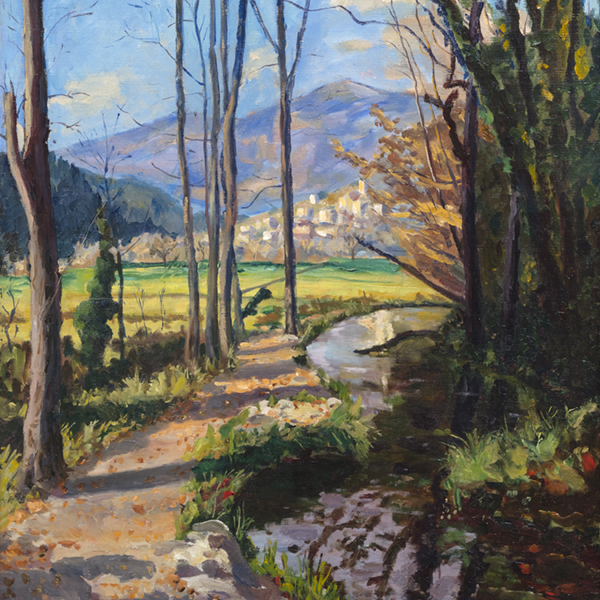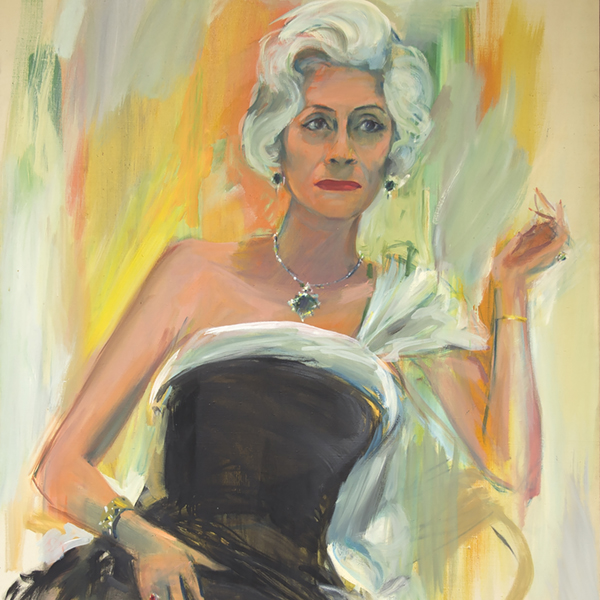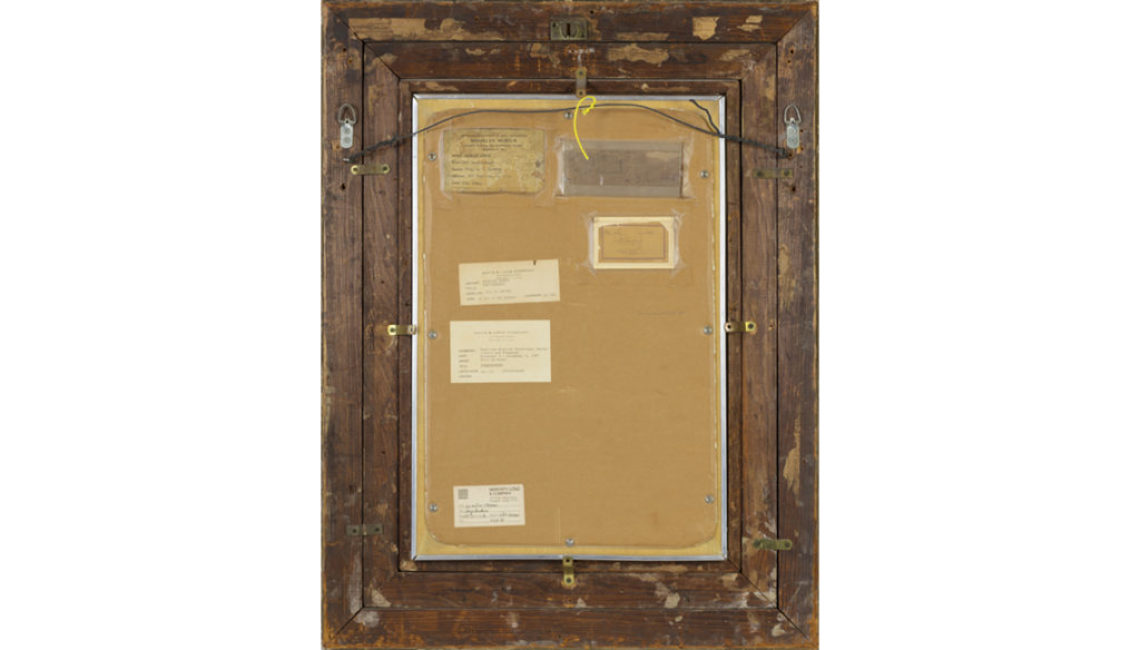Veuillez contacter la galerie pour plus d'informations.
Expositions en cours
Winslow Homer : Présence de la nature
L'un des artistes les plus influents et les plus importants, Winslow Homer est né à Boston en 1836. Il est considéré comme l'un des plus grands réalistes américains duXIXe siècle et, bien qu'il n'ait jamais appris ou ne se soit jamais aligné sur aucun des grands mouvements comme l'école de Barbizon, son influence et sa reconnaissance sont très étendues, et son processus a marqué un tournant dans l'abandon des œuvres divinement imprégnées des premiers paysagistes.
Homer a créé cette œuvre en 1879, une époque où il se concentrait principalement sur des paysages idylliques, des images d'enfants et de jeunes adultes à l'huile et à l'aquarelle. Au cours de cette période, il devient membre du Tile Club, un groupe d'artistes qui discutent des idées et organisent des excursions de peinture. Parmi les autres membres figurait William Merritt Chase.
La bergère est un thème sur lequel il revient à plusieurs reprises car il lui permet de représenter des paysages pastoraux, ancrés par des jeunes femmes. Bien que beau, on peut aussi ressentir le travail et la main d'œuvre qu'implique le cadre rural, la figure solitaire mise en valeur par des nuances de vert et des taches tachetées de rouge et d'orange. Tout comme Rembrandt et d'autres peintres de la vieille école, Homer imprègne son sujet d'un contenu émotionnel et d'une personnalité.
Les années 1870 seront une période cruciale pour Homer, qui s'éloigne de l'illustration pour se lancer dans de nouvelles expériences sur la forme et le support. Entre 1873 et 1905, Homer a créé près de 700 aquarelles. Presque toutes ses œuvres de l'époque de la reconstruction du Sud se trouvent dans des collections de musées, ce qui témoigne de leur importance. Comme Homer l'a lui-même noté, "Vous verrez, à l'avenir, je vivrai grâce à mes aquarelles".
Les meilleurs résultats aux enchères

"Le canoë rouge" (1889) a été vendu pour 4 842 500 dollars.

"Where are the Boats" (1883) a été vendu pour 4 572 500 dollars.

"Children on the Beach (Watching the Tide Go Out ; Watching the Boats)" (1873) a été vendu pour 4 533 000 dollars.

"Fishergirls Coiling Tackle" (1881) pour 3 065 000 dollars.
Tableaux comparables vendus aux enchères

"Peach Blossoms" (1879) a été vendu pour 2 882 500 dollars.
- Peint la même année que La Bergère.
- Vendu il y a douze ans
- La bergère et les fleurs de pêcher sont de la même taille, mais l'orientation verticale de la bergère met le sujet en valeur.

"Farmer with a Pitchfork" (vers 1874) a été vendu 2 359 500 dollars.
- Peint environ cinq ans avant La bergère.
- Vendu il y a dix-huit ans
- Considérablement plus petit que La Bergère
- Farmer with a Pitchfork partage avec The Shepherdess la même représentation d'un sujet solitaire au travail.

"Le retour du glaneur" (1867) a été vendu pour 2 210 500 $.
- Peint douze ans avant La bergère.
- Vendu il y a douze ans
- Légèrement plus grand que La Bergère
- The Return of the Gleaner partage avec The Shepherdess la même représentation d'un sujet féminin solitaire au travail.
Peintures dans les collections des musées
Le Metropolitan Museum of Art, New York
Musée d'art américain Crystal Bridges, Arkansas
La collection Phillips, Washington, D.C.
La National Gallery of Art, Washington, D.C.
Musée d'art de Philadelphie, Pennsylvanie
Musée d'art du comté de Los Angeles
Musée d'art Chrysler, Virginie
Le musée de Brooklyn, New York
L'Institut d'art de Chicago
Institut des arts de Détroit
Galerie d'images
La Bergère figure dans le catalogue raisonné des œuvres d'art de Winslow Homer de Llyod Goodrich, le texte définitif sur les peintures d'Homer.
Dans le texte, La bergère est accompagnée d'un essai qui atteste de la qualité de cette belle peinture. L'essai souligne l'importance du thème de la bergère à cette période de la carrière d'Homère et l'histoire passionnante de ce tableau.
demander
Travaux similaires



